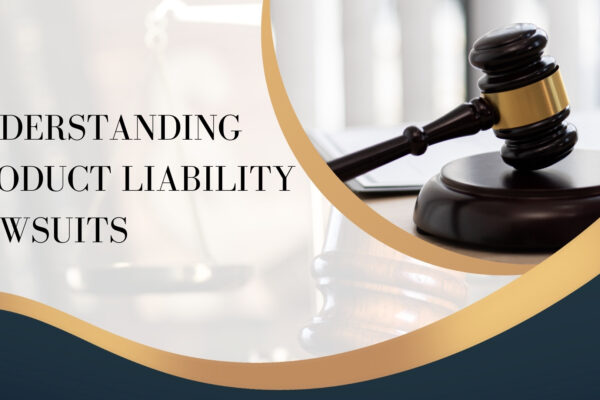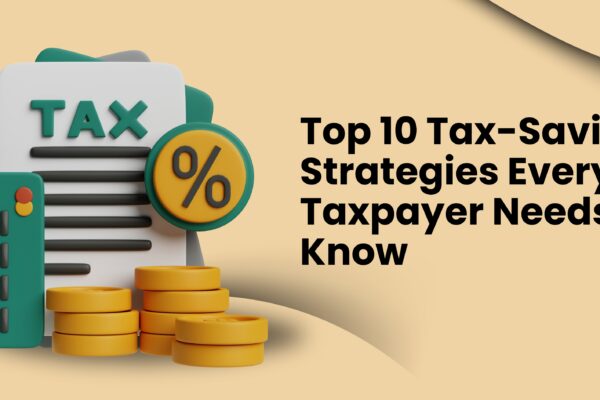Challenges before the GST council
1.We all know maximum GST rate pegged at 40 percent? Will it be used?
2.Sin Goods or demerit goods i.e. tobacco; aerated water, luxury cars etc. will attract the highest GST rate and with Cess. Further most of such goods will not enjoy ITC at the hands of final user except when being traded in the supply chain. A master stroke-,indeed.
3.The moment of redemption – items to be assigned to various tax rates finalized- a task which will offer maximum challenge to the GST Council and to the Centre and States. Wait and watch. The rate structure decided and items to be consumed in those rates must be continued for a very long time before changes creep in again. And in my view this is not likely to happen; rates will require changes sooner than later. A tax rate of as high as 28 percent will negative the GST acceptance; there should be no doubt about this.
4.Government says rates will be close to existing overall tax rates? I really do not know how is this going to be achieved keeping in view hundreds of exemptions; cenvat or input tax credits; CST Act issues etc.
5.A good GST structure for a country like India must be ensuring easy compliances; minimal inflationary pressures on the Central and State Governments and above all on consumers; buoyant revenue streams and above all India’s population must accept it. Indeed a challenging task.
6.GST law must not be used to meet social or consumer or industrial policy objectives. It has least concern with this. If the objectives of employment; industrial policy or Make in India Policy or social engineering concerns are to be addressed, then better we do not have GST. GST is just not there for all these issues.
7.To convince the public at large and ensuring GST acceptance; the Central and State Governments will have to carry out a very wide “education spread” to enlighten the stake holders that GST rate is not higher than the combined Excise/VAT rates on goods. This is not easily done. The initial impression must be positive and we must ensure this.
8.When products today at zero rate will be taxed in GST, say at 5 percent; then the Central Government and State Governments should ensure to tell public that why there has not been any increase in overall tax burden; lest, the impression will be negative.
9.With pressures that are bond to mount on GST Council from various stake holders to ensure Aam Aadmi consumer goods and Industrial inputs must be kept in the lower category, say 5 percent; and with many goods remaining exempt from GST; how the Compensation to States shall be paid with 14 percent annualized increment? This could result in many of the goods, presently at vat rate of 12.5 percent, being subjected to 28 percent category? GST has no such objective where in the taxes are according to rick and poor public; this is never the objective of GST nor is such a macro economic principle valid for such an indirect tax regime? But my take is that this is exactly going to happen? Goods that are used by higher income groups are most likely to be taxed at highest tax rates because aam aadmi do not use such goods – hitting the basic fabric and principle of GST.
10.If under pressure many of the goods are placed in lower category of rates; then in terms of proportional values, high value goods will force their entry into higher category to ensure revenue streams. Let GST Council deal with and ensure GST remains a revenue based law and not used as a tool for social engineering.
11. The concept of “composite supply” and “mixed supply” are going to create huge mess and unending litigation because GST still will retain the difference between goods and services and both will be taxed at different rates? Why could GST council not keep the standard rate for such composite or mixed supplies? What a torture industry will go through. Assuming a trader sells TV and charges installation charges from the consumer separately? Then composite supply rule will be that the dominant product is TV and hence the service rate shall also be the same. The result, reversionary tactics will follow. If the TV is taxed at 28 percent and services at maximum rate of 18 percent, then in such cases the services shall also be taxed at 28 percent. This is a perverse mechanism leading to huge litigation in times to come. There would be hundreds of such examples. There has to be a balancing act and the GST Council must avoid the temptation of putting high value goods at a higher rate to ensure revenue streams for the Centre and States. My Take is that this is exactly going to happen.
12.Goods likely to be used by higher income group; say cotton textiles; gold and jewelry, diamonds, high end watches, pens, luxury apparels, high end mobile phones; laptops, leather and leather goods etc. must be not treated with a SIN attitudes dovetailing an idea that rich can pay for the same and why should they not pay? This will destroy the GST mechanism completely and will have tremendous negative impact on the industry. Textiles are an area where this is going to happen. Tabacco is another area of concern. Bidis are taxed at a lower rate because it ensures employment in many States? But is this less harmful and a lesser health hazard then cigarettes? Employment generation is not GST’s business and let the States bother about this. Tabaco products should be dealt in an identical manner.
13.Inverted duty structure to promote Make in India must be done away with. There is not going to be CVD or SAD etc. Nothing should be done to impose higher Import IGST to promote domestic Make in India. GST Council must resist the temptations and pressures from various quarters to allow Import IGST exemptions on the grounds that Make In India must be promoted. This will be simply a mocking at GST regime.
14.GST Council must make it clear certain conceptual differences. As of today as we read definition and valuation of supply under proposed GST Law; my take is that “exchange of old products with the new products” will attract full GST on market value of the new product and taxes paid on the old products exchanged shall not be set off. Cars, mobile phones, laptops, computers; scooters; furniture and many other such commodities are exchanged on daily basis and in thousands of transactions. Here the GST will be levied at full rates on supply of new product at its fair market value? This is an area of serious concern and an area likely to lead to huge litigation especially on the issue of fair market value?
GST Council must ensure India’s growth story is promoted with an efficient and unbiased indirect tax regime; the higher the propensity to grant exemptions; higher will be the perverted tax brackets. Stop exemptions of all kinds.
With Real Estate, Petroleum, Electricity; Health, Education etc remaining outside GST; GST Council must ensure their inputs are subjected to a lower tax rate; less these will be too expensive for consumers making GST unacceptable. Further draft guidelines must be issued to the States and to the Centre to devise other financial arrangements to subside the incremental tax cost that these sectors will be subjected to or let us be ready for high inflation.
 CA Rashmi Jain
CA Rashmi Jain
New Delhi, India











